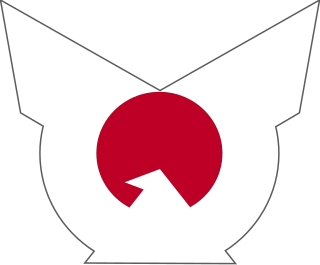
The politics of Japan are conducted in a framework of a multi-party bicameral parliamentary representative democratic constitutional monarchy whereby the Emperor is the ceremonial head of state and the Prime Minister is the head of government and the head of the Cabinet, which directs the executive branch.
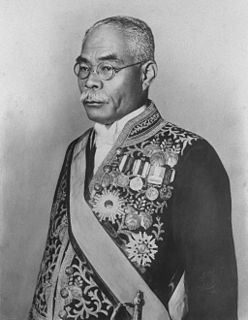
Hamaguchi Osachi was a Japanese politician, cabinet minister and Prime Minister of Japan from 2 July 1929 to 14 April 1931. Nicknamed the "Lion Prime Minister" due to his dignified demeanor and mane-like hair, Hamaguchi served as leading member of the liberal Rikken Minseitō during the "Taishō Democracy" of interwar Japan; he survived an assassination attempt by a right-wing fanatic in 1930, but died about eight months later.
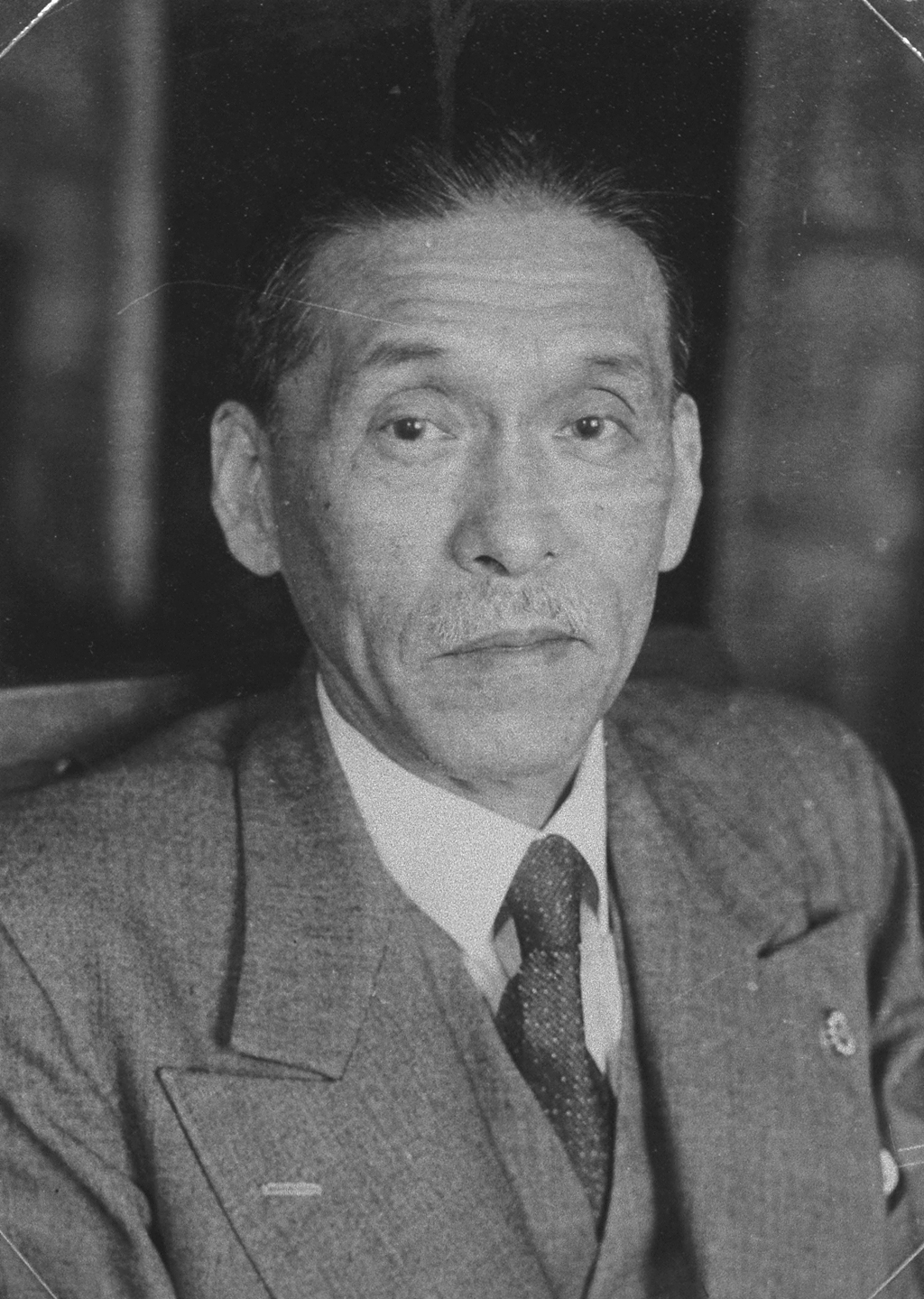
Hitoshi Ashida was a Japanese politician who served as the 34th Prime Minister of Japan from 10 March to 15 October 1948. He was a prominent figure in the immediate postwar political landscape, but was forced to resign his leadership responsibilities after a corruption scandal targeting two of his cabinet ministers.

The House of Representatives is the lower house of the National Diet of Japan. The House of Councillors is the upper house.

The New Frontier Party was a political party in Japan founded in December 1994. As a merger of several small parties, the party was ideologically diverse, with its membership ranging from moderate social democrats to liberals and conservatives. The party dissolved in December 1997, with Ichirō Ozawa's faction forming the Liberal Party and other splinters later joining the Democratic Party of Japan in April 1998.

The Canadian federal election of 1945 was the 20th general election in Canadian history. It was held June 11, 1945 to elect members of the House of Commons of Canada of the 20th Parliament of Canada. Prime Minister William Lyon Mackenzie King's Liberal government was re-elected to its third consecutive government, although this time with a minority government as the Liberals fell five seats short of a majority.
Political parties appeared in Japan after the Meiji Restoration, and gradually increased in importance after the promulgation of the Meiji Constitution and the creation of the Diet of Japan. During the Taishō period, parliamentary democracy based on party politics temporarily succeeded in Japan, but in the 1930s the political parties were eclipsed by the military, and were dissolved in the 1940s during World War II
The General Election Law was a law passed in Taishō period Japan, extending suffrage to all males aged 25 and over. It was proposed by the Kenseitō political party and it was passed by the Diet of Japan on 5 May 1925.
General elections were held in Japan on 20 February 1932. They were the last elections before the May 15 Incident, which marked the temporary end of party politics in Japan. Rikken Seiyūkai won 301 of the 466 seats in the House of Representatives.

Rikken Minseitō was one of the main political parties in pre-war Empire of Japan. It was commonly known as the 'Minseitō'.
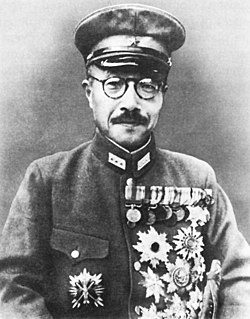
The 21st General Election of Japan of the House of Representatives took place in Japan on April 30, 1942. It was the only election in Japan during the Pacific theater of World War II. At this time, the lower house no longer had any significant executive and legislative power, and power had increasingly gone to the military dictatorship since the "Manchurian Incident", the invasion of Manchuria by the Imperial Army without regard to the cabinet in 1931. Since 1932 when Admiral Viscount Saitō Makoto was appointed prime minister with the first so-called "national unity cabinet", few members of the political parties in the House of Representatives had any significant role in government.
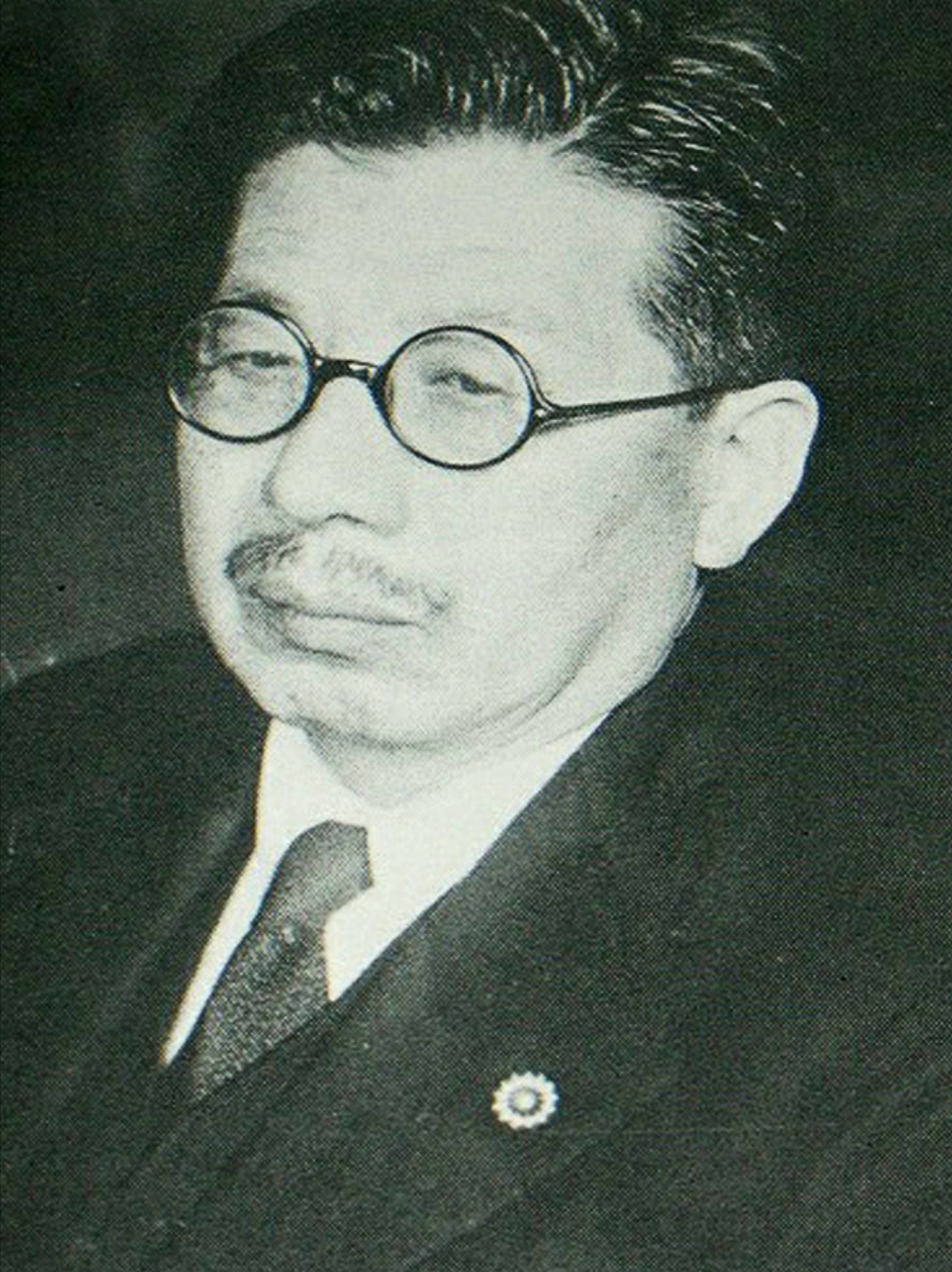
The 23rd general elections of members of the House of Representatives, the lower house of the National Diet of Japan, were held on 25 April 1947. The Japan Socialist Party won 144 of the 466 seats, making it the largest party in the House of Representatives following the election. Voter turnout was 67.9%. It was the last election technically held under the Meiji Constitution in preparation for the current Constitution of Japan which became effective several days later on 3 May 1947. The upper house of the Diet was also elected by the people under the new constitution, the first ordinary election of members of the House of Councillors had been held five days before.

General elections were held in Japan on 31 March 1937. Rikken Minseitō emerged as the largest in Parliament, with 179 of the 466 seats. The election was a major victory for the Shakai Taishūtō, which became the third-largest party in the Diet. It was the first socialist party to do so in Japanese history. In contrast, the mildly pro-military Rikken Minseitō lost several seats and fascist groups such as Tōhōkai remained minor forces in the House. A month after the election, the Emperor replaced Hayashi with Fumimaro Konoe. Voter turnout was 73.3%.

Bukichi Miki was a Japanese politician. He was a close friend and ally of Ichiro Hatoyama, and was the key figure in carrying out the "conservative merger" that resulted in the formation of the Liberal Democratic Party.

Zenjirō Horikiri was a politician and cabinet minister in early Shōwa period Japan. His brother, Zenbei Horikiri was also a politician and prominent member of the Rikken Seiyūkai political party.
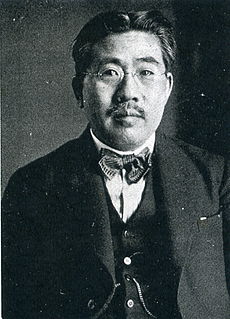
Etsujirō Uehara was a politician and bureaucrat in the early Shōwa period Japan, who subsequently was a politician and cabinet minister in the immediate post-war era.
The Japan Progressive Party was a political party in Japan.









